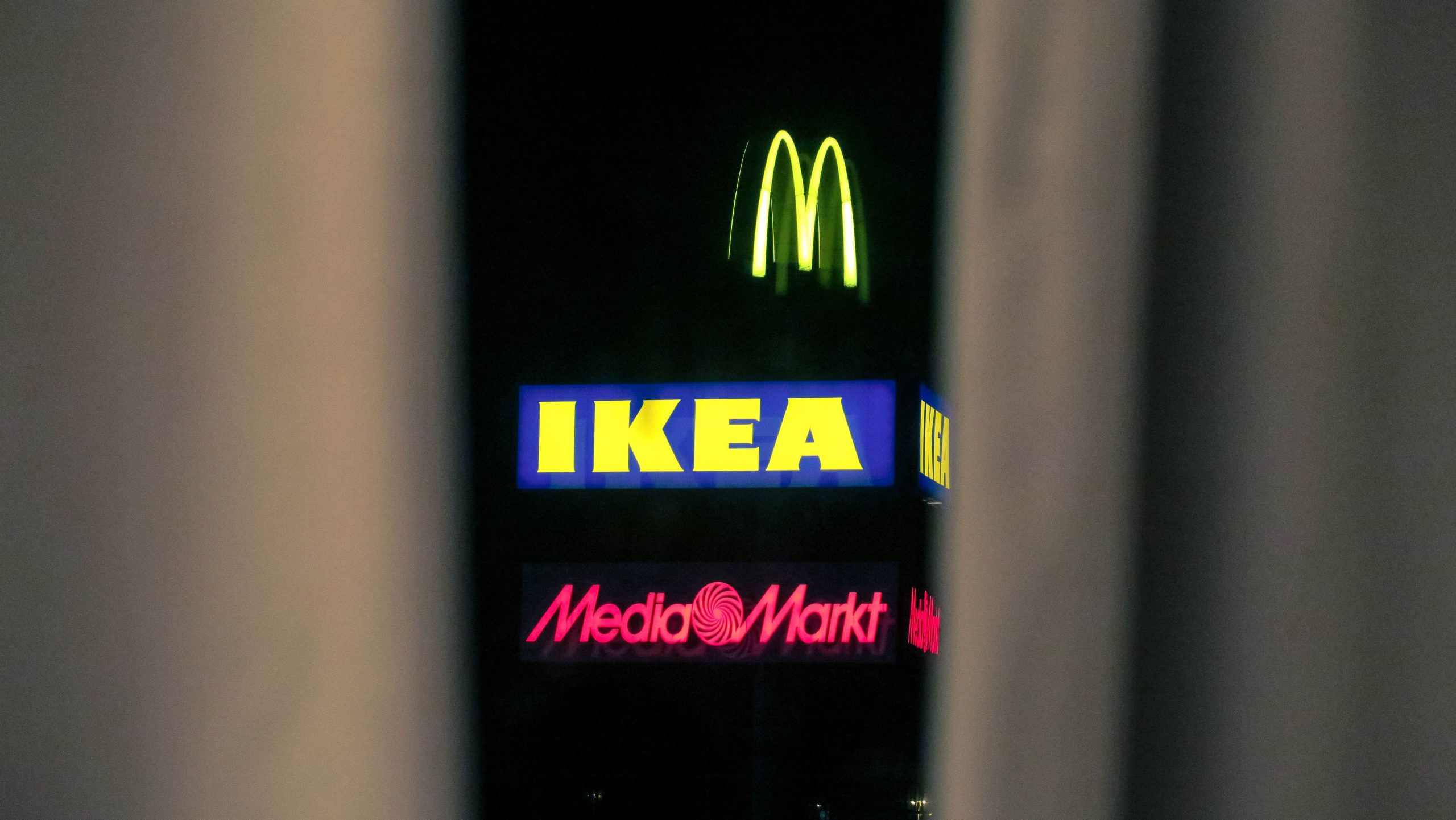In the flood of information, customers are often deaf to specific information about a product. That he is bigger, faster, better than the others ...? They've heard it a thousand times before. So how do you get to them? The answer may be narrative marketing, i.e. a story that will captivate them.
We remember information provided in the form of history 22 times more easily than dry facts, says the famous psychologist Jerome Bruner, based on his research. This has always been the case, which is why life truths were told by the fire as stories from life or in the form of fairy tales. So why should your company today be limited to dry numbers, charts and tables?
What is narrative marketing?
Narrative marketing, as its name suggests, is the creation of stories to stimulate the listener's imagination. You associate the story with a book or a story, but there may also be actions or images in use. Most importantly, this narrative is built around brand values. It creates context for its products and activities. All this is related to brand awareness, because among dozens of others, customers will associate the one with an interesting history.
Strengthen your brand value.
Stand out with an interesting story.
Of course, narrative marketing has strict rules. They are rooted in psychology, behaviorism, and knowledge of trends. Additionally, the same rules apply here that govern any good story that must be:
- full of emotions,
- easy to understand,
- useful,
- inspiring,
- they pull in.
Follow the masterful handling of these techniques in the examples below.
Narrative marketing - examples
Some furniture showrooms are intimidating from entering. Those who do not have a large budget do not even cross the threshold of the store. IKEA evokes completely different associations. It's not that there are no sofas for several thousand zlotys (because they are). Friendly character and unpretentiousness are the values that the company is associated with, because it has been consistently surrounded by well-thought-out narrative marketing for years. It can be seen in advertisements in which "ordinary people" use their equipment in a natural way. It scrolls in the visual layer - every thing is photographed in a loose, inspiring context. After contacting the brand catalog, ideas for arranging their spaces appear in the minds of customers.

But with narrative marketing, you might as well conjure up a luxury context that is followed by appropriately high prices. This is what all major luxury brands like Burberry and Chanel do. Stories of the founders, editorials with stars, the world of exotic scents and views - all this affects the awareness and subconsciousness of customers.
When is it worth using narrative marketing?
Narrative marketing should be practically always used. There is no industry where the techniques derived from the psychology of advertising would not slowly enter. Very often, one of the companies suddenly becomes a leader only thanks to a history that captivates the crowds. The tech brands found this out when suddenly Apple threatened them. The quality of the products was no better than that of the competition. The functions were also similar to those of others. However, the inspiring stories of the visionary behind the brand and the alluring world of freelancers sitting over their Macs left the competition no longer a chance. Narrative marketing has already saved more than one brand as a part PR campaigns. Virtually everyone rebranding it relies to some extent - or at least should - on building a new story around the company. Below you can read about it on the example of our activities for a family brand. With the help of appropriate graphics, narration and photos, it was possible to bring to light its luxurious character and emphasize its attachment to tradition.
How to apply storytelling in practice?
It is said that a picture is more than a thousand words. Indeed, a well-written story itself hidden somewhere on a corporate website is not yet narrative marketing. Clients perceive the marketing message with all their senses. Reach them not only with the written word. In this context, it is worth recalling the Teaching Pyramid, known from the 1960s, according to which the student remembers:
- 5 percent information about which he hears during the lecture;
- 10 percent information about which he is reading;
- 20 percent information that he sees in the form of audio-video;
- 30 percent what he will see during the show;
- 50 percent what he is discussing;
- 90 percent what it uses in practice.
This shows why different storytelling measures are so important. When a brand sends journalists or customers to an event to the North Pole or a tropical island, and then organizes numerous attractions based on the theme, the gathered people can feel what the brand's message is. It is possible that they will remember the collected impressions forever. They will live on them.
Narrative marketing is not only about words written on paper, but also:
- pictures,
- movies,
- infographics,
- exhibitions,
- events.

Build a strong message
Even a written story can be conveyed in many different ways: via podcast, interview or native newspaper advertising. It is also worth building storytelling on the basis of different marketing communication channels: social-media, radio or book. Interestingly, you can also use narrative marketing in internal communication: with employees, shareholders or when looking for investors. Employees will be more motivated to make effort if your brand has a Great Work in front of it, which you will paint in front of them with the help of an appropriate narrative. This also works for B2B conversations. Facts and figures are the most important, but the percentages themselves are easy to beat. If you add the right story to them, it will be much harder to argue with your point of view.
It's easier to convince someone that 52 percent. millennials need your product by showing him an example of a specific millennial and a story about his daily problems that he solved thanks to him. It is definitely a more persuasive form of reaching a potential customer than limiting yourself to a chart showing how willingly your company's product is bought by a given target group.
If you need a story that will replace the usual forms of advertising - please contact us.

